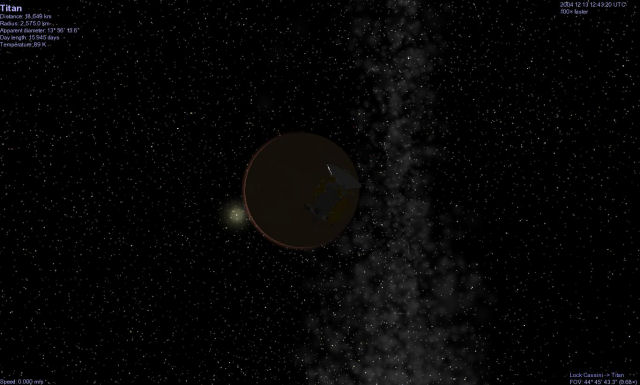Sometimes I get in the mood to see what kind of cutting-edge software is out there, so recently I started downloading a bunch of different programs to try out. Here’s some interesting stuff….
True Launch Bar
This is an interesting Quick Launch bar enhancement. I haven’t yet decided if it adds enough utility to justify keeping and paying for it.
A couple of nice features include the ability to add menus to the bar. This means you can keep more programs right on the task bar, making them easier to access then drilling through the Start menu. It seems to be quite a time saver if you use lots of different programs as I do.
Additionally, you can put small plugins on the bar to display things like bandwidth, weather, a small calculator (too small for me), a command line, etc. Here’s how mine looks right now:

It’s kind of neat, but it’s hard to say if it’ll become something I keep.
This is an amazing program. I’ve heard about it several times over the years but have never spent the time to try it out. If you want to be humbled by our universe, definitely download this.
Celestia is a 3d space simulator. It’s not a game, it is an actual model of our universe with a 100,000 stars just in our own galaxy. You can just fly around aimlessly looking at the different planets in our solar system, or download one of the many scripts that take you on a guided tour that really put into perspective the distances involved and the relationships between all the different objects of our solar system that you hear about.
I consider myself quite the science buff yet this program really amazed and educated me. Screenshots don’t really do justice to this program. The educational part is the movement. Moving at many times light speed through the galaxy really shows you how things are related to each other.
If you don’t download this there’s something wrong with your brain.

I’ll post some more stuff tomorrow.